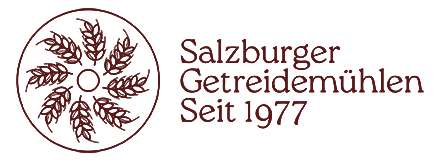
Loaves of bread are composed of two main components: the crust and the crumb. The crust – also called the rind – is the outer, solid part of the bread. It is caused by dehydration. Complex processes during baking turn the crust brown. When the oven in which the bread is baked reaches about 150°C, aromatic substances are formed in the rind.
A crust should be
The crust mainly protects the crumb, which is the loose and elastic part inside the bread.
However, the crust not only serves as a protective cover, but also plays an essential role in the aroma formation of the crumb. During the cooling phase of the bread, the aromatic substances of the crust are drawn through the entire bread crumb. The cause is an existing negative pressure.
Apart from smell and taste, other properties of the crumb, such as elasticity and structure, are dependent on this, among other things,
And here we have for you still useful tips for the
Handling bread >>
Baker’s Latin – Lutz Geißler. 2022. Crumb. https://www.baeckerlatein.de/krume/ (accessed February 3, 2022).
Baker’s Latin – Lutz Geißler. 2022. Crust. https://www.baeckerlatein.de/kruste/ (accessed February 3, 2022).
Address:
Gasteigweg 25,
5400 Hallein
Austria
Opening hours:
Monday to Thursday: 09 – 16:00
Friday: 09 – 12:00
Contact:
Phone: +43 6245 83282
E-mail: info@agrisan.at
Address:
Gasteigweg 25,
5400 Hallein
Austria
Opening hours:
Monday to Thursday: 09 – 16:00
Friday: 09 – 12:00
Contact:
Phone: +43 6245 83282
E-mail: info@agrisan.at

